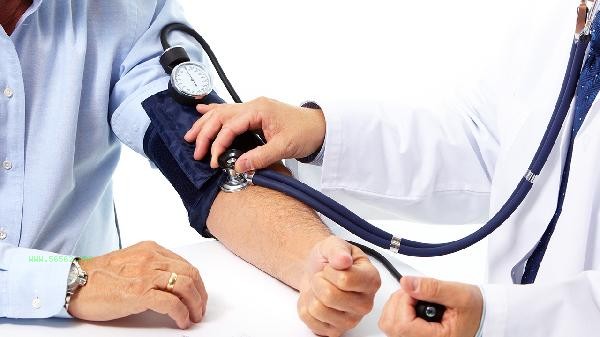Hypertensive patients with a heart rate of 50-60 beats per minute should be alert to potential risks, which mainly depend on whether there are accompanying symptoms and underlying diseases. The influencing factors include drug effects, abnormal cardiac conduction, high vagal tone, hypothyroidism, structural heart disease, etc.

1. Drug factors:
Some antihypertensive drugs such as metoprolol, bisoprolol and other beta blockers, or calcium channel blockers such as diltiazem may cause a decrease in heart rate. If there is no discomfort such as dizziness or fatigue, drug-induced bradycardia is usually controllable, but regular monitoring of electrocardiogram is necessary.
2. abnormalities in the conduction system:
Decreased sinoatrial node function or atrioventricular block may lead to decreased heart rate, manifested as prolonged PR interval on electrocardiogram or sinus bradycardia. This type of situation may lead to cerebral ischemia, and the severity needs to be evaluated through dynamic electrocardiogram.
3. Hyperactivity of the vagus nerve:

Individuals who engage in long-term exercise or have specific physical conditions may experience physiological sinus bradycardia, with a heart rate of 50-60 beats per minute and no discomfort. However, if hypertensive patients are accompanied by excessive excitation of the vagus nerve, it may increase the risk of orthostatic hypotension.
4. Endocrine disorders:
Patients with hypothyroidism may experience a decrease in metabolic rate, which can lead to a decrease in heart rate, often accompanied by symptoms such as chills and edema. When hypertension is combined with hypothyroidism, a decrease in heart rate may indicate that the condition is not under control and thyroid stimulating hormone levels need to be tested.
5. Organic heart disease:
Structural lesions such as myocardial ischemia and cardiomyopathy may simultaneously cause hypertension and bradycardia. If symptoms such as chest pain and paroxysmal dyspnea occur at night, it is necessary to investigate coronary artery disease or myocardial fibrosis.

It is recommended that individuals with hypertension and low heart rate monitor their morning resting heart rate and blood pressure daily to avoid sudden changes in body position. Diet can increase the intake of potassium rich foods such as bananas and spinach, and moderate low-intensity aerobic exercise such as walking. If there is blackout, fainting, or blood pressure fluctuations greater than 20mmHg, 24-hour dynamic electrocardiogram monitoring should be performed immediately. Patients with diabetes or chronic kidney disease should evaluate the cardiac autonomic nervous function every 3 months, and adjust the antihypertensive program if necessary.








Comments (0)
Leave a Comment
No comments yet
Be the first to share your thoughts!